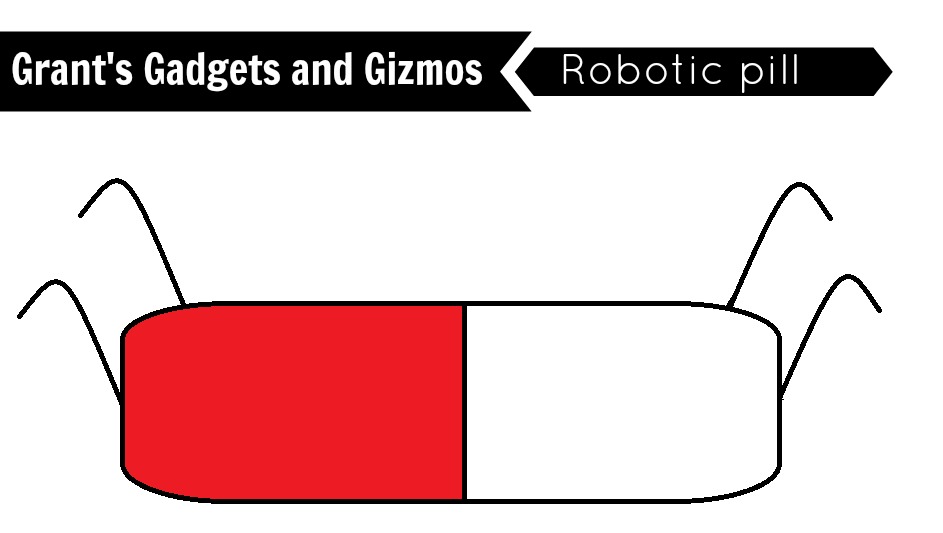The future of pills
April 15, 2014
As diabetics face many struggles, the use of needles to inject oneself with insulin and other medicines every day seems to sit at the top of their list. These large metal needles that must stay clean as well as organized, do make having diabetes that much more of a problem. Fortunately, inventor Mir Imran, created a robotic pill to replace the injectable drugs for chronic conditions such as diabetes.
The startup, Rani Therapeutics, formed at InCube Labs where the robot pill was commercialized. The successes showed through the raising funds from Google Ventures and angel-investment fund VentureHealth.
Although the pill contains no electronics, it is considered “robotic” because of the functionalities obtained. While ingested, a coating protects the pill as it passes through the stomach into the intestine. The coating was designed to dissolve at the pH level of 6.5, the same pH level of the intestines. Once dissolved, the sugar-made valves combine sodium bicarbonate and citric acid to produce carbon dioxide. This inflates the balloon-like structure, pushing the needles made of sugar into the wall of the intestine. These needles contain insulin as well as other medicines. The body then absorbs the insulin into the intestine, which the body finally uses. Because the intestine wall contains no pain receptors, it is a painless injection.
“Every time I eat or have high blood sugar, I need to take insulin in order to keep control of my blood sugars,” senior Julia Audie said. “I take about ten injections a day on average but with the nuisance of constant injections will no longer be there. Injections are time consuming but with the pill, I will be able to take insulin without having to pull out a syringe in public. The pill would make life a lot easier.”
Over the next year, Rani Therapeutics will continue to test the robotic pill in the hopes that it will have definitive clinical data in 2015. If the data comes out positive, it could not only help millions of people ditch their stick-pens and syringes, but it could remove another barrier for a range of early-stage treatments that currently have no safe passage into the body.







